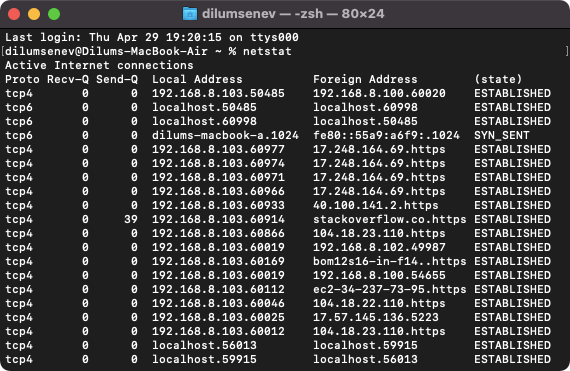

Takes screenshot of the specified screen and saves the image at the specified location. Used to configure Time Machine settings in macOS Used to modify, verify, & repair local disks. Used to manipulate and manage disk images.

Password reset utility located in the Recovery Partition Used to start the installation of macOS from the command line.Ĭonfigure System Integrity Protection (SIP) settings Improper use of commands may result in loss of data or damage to the computer. Please read the documentation for more details.
Some commands are available with certain versions of the OS only. Some commands required other resources such as the OS installer. Some commands are available through the macOS Recovery Volume only. This is not a complete list of commands. Ls: The "ls" command, by itself, displays the contents of the cwd.Man -t tmutil | open -f -a /System/Applications/Preview.app To actually put all this path knowledge to use, you'll need the Terminal commands for displaying and changing files. How to display and move between files in Terminal When you first launch Terminal, you're starting in the current working directory of /Users/ myusername/ (also known as your User folder). You can then get to your Utilities folder by typing "./Utilities/" rather than "/Applications/Utilities". For instance, if you go to the "/Applications/" folder in Terminal, that's your current working directory ( cwd). Relative paths are defined based on where you've already navigated to, and represented by "./". So if you wanted to make a path to your Applications folder, you would write "/Applications/". An absolute path starts at the root level of your hard drive, and is displayed as "/". Paths take two forms: absolute paths and relative paths. Paths look similar in some ways to website sub-directories, and follow the structure of your folders. To do so, you build something called a path. You can use Terminal to get direct access to your files without using the Finder. 
When writing commands and paths in Terminal, almost everything is case sensitive: This means that you need to remember to properly capitalize "Dock" when referring to the Dock, or OS X won't understand your command. Unless you're executing a command that requires the display of text in Terminal, you won't have any indicator that what you've done has been successful you'll just get a new line with your user name on it once the command is finished processing.







 0 kommentar(er)
0 kommentar(er)
